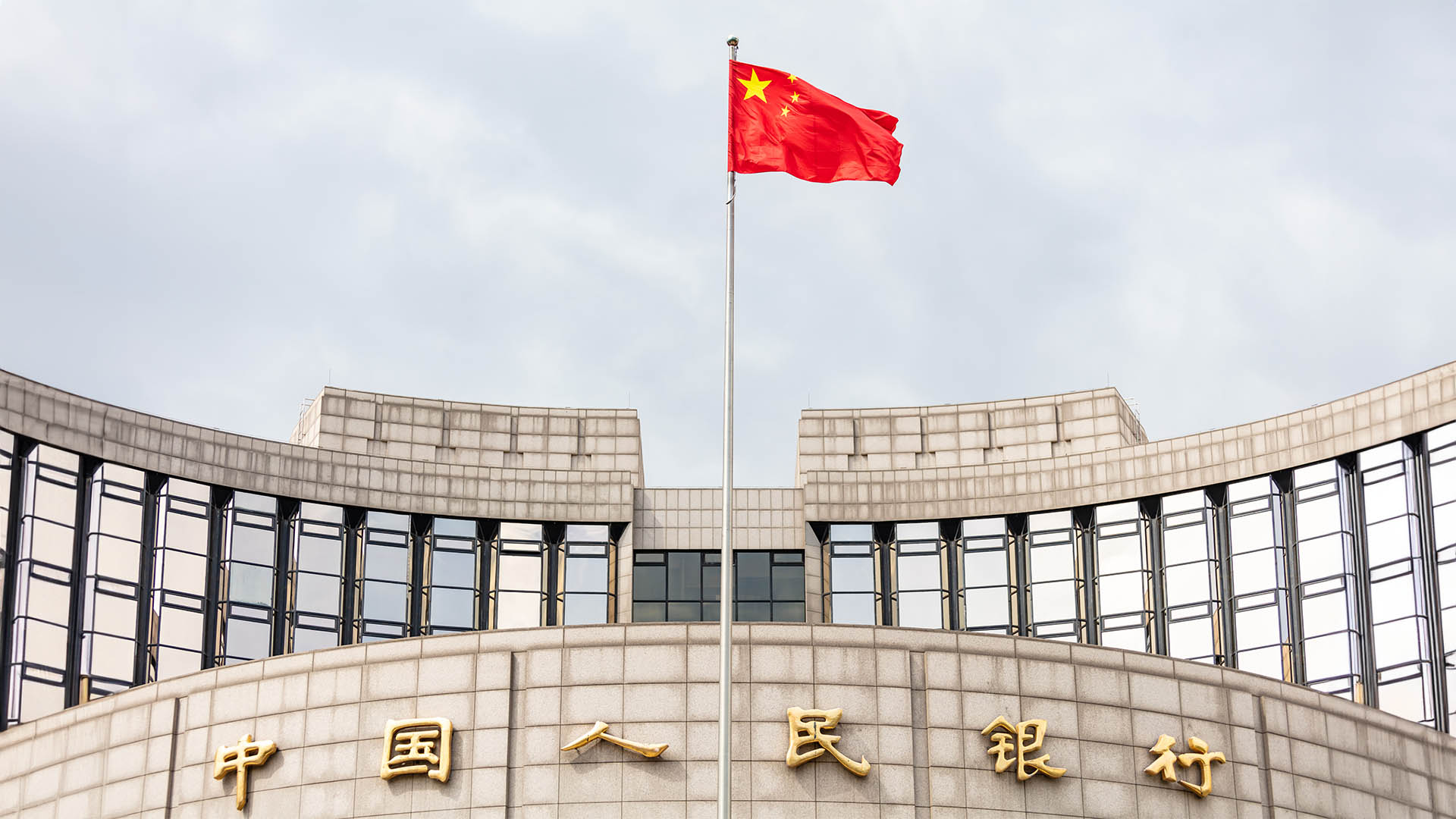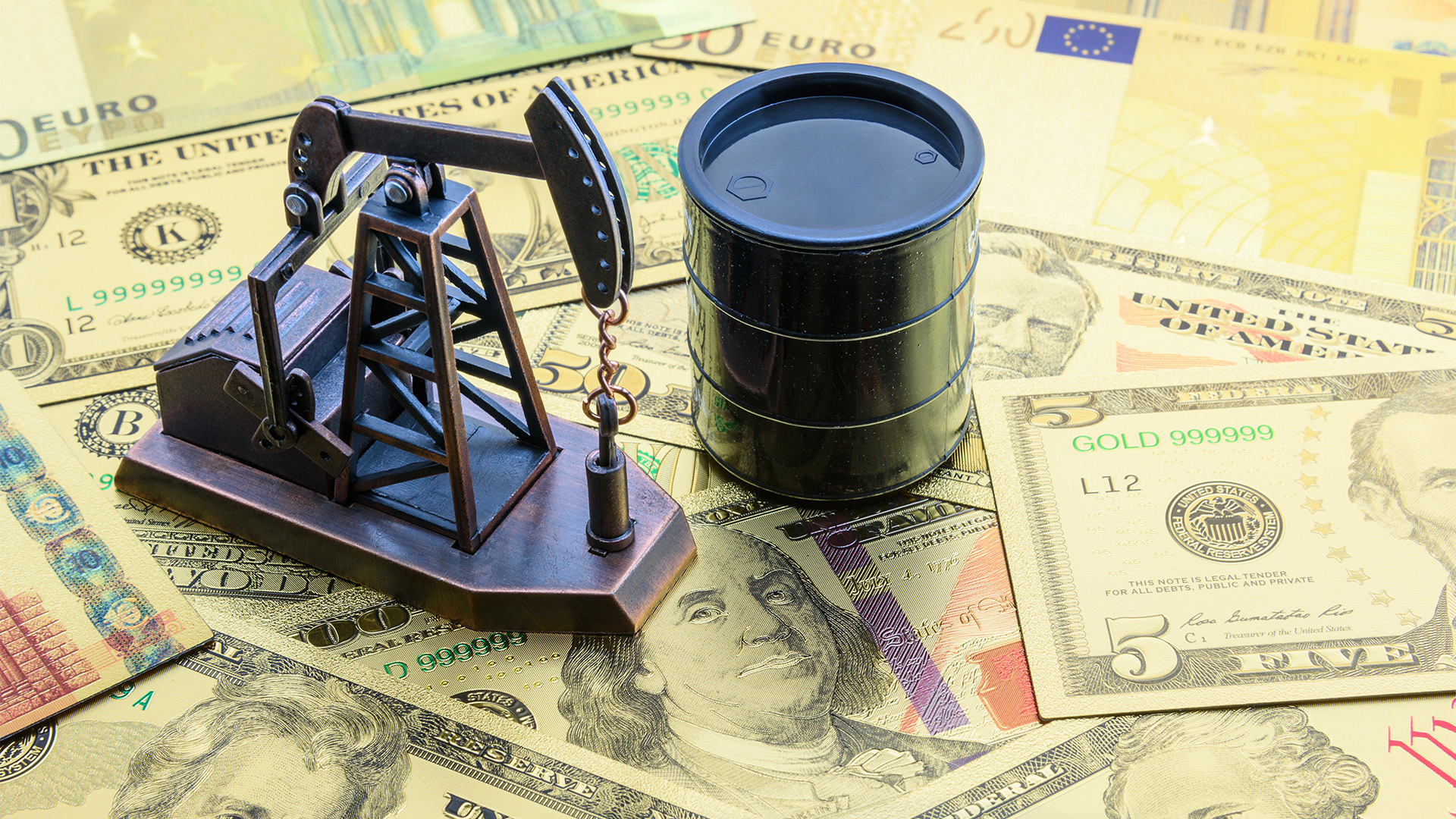The big deal this week might be US inflation data and economic growth at the end of the week. Before then, though, there’s the Wednesday evening deadline in London for BHP and Anglo America to do a deal.
Anglo gave BHP a week’s extension to try and produce a convincing offer (it would be the fourth). The deadline, Sydney time, is about 2 am Thursday.
Anglo’s South African operations remain the big sticking point.
The coming week is holiday-shortened for Wall Street with the Memorial Day start to summer on Sunday and the day off Monday, US time.
The US GDP (second estimate) doesn’t come until Thursday night, Sydney time, and the inflation data watched closely by the Fed is a day later than that – late Friday night.
In Australia, there’s the start of data releases leading up to the March quarter national accounts and economic growth next week, as well as the start of the release of key data for April such as building approvals and house prices for May.
But Wednesday sees the test for investor confidence from the monthly inflation indicator for April and another hurdle for local investors ahead of the BHP deadline a few hours, or so, later.
AMP chief economist Shane Oliver says the monthly indicator is expected to come in at 0.4% month on month but not helped by an expected rise in petrol prices (he puts the impact of that at 2.2%). That’s market consensus as well and will put the indicator up 3.3%, down from 3.5% in March.
That will be after the early retail sales report for April which is forecast to show a rise of 0.3%, which would be a big turnaround from March’s 0.4% slump.
The early data for the national accounts started Wednesday with figures on first-quarter construction work done – a 0.6% rise is forecast. Building approvals for April are tipped to show a rise of 5%, while the capex data for the first three months of the year is estimated at a solid 1.2%, which would be bigger than the 0.8% rise reported for the three months to December.
But watch for the second estimate of 2024-25 investment spending. The first estimate showed a huge 12.6% rise.
Friday sees the release of private credit figures from the Reserve Bank and the CoreLogic house price figures for May.
In the US, the focus will also be on inflation again with core private final consumption inflation for April due Friday. AMP’s Shane Oliver says it is expected to slow to a 0.2% month-on-month rise and 2.7% annually, down from 2.8% in March after three months of hotter than expected figures.
It’s the inflation data that is closely watched and tracked by the Fed so it will go a long way to driving market sentiment at the end of the week.
Growth in personal income and spending is also likely to have slowed after being stronger than expected in March.
Last week's Fed minutes surprised by revealing the Open Market Committee was closer to a rate hike than anyone thought, which explains the reluctance of chair Jay Powell to say nice and comforting words to the nervous nellies in the markets.
Thursday’s first survey of business activity for May saw a two-year high, jobless benefit claims again rose, and durable goods orders rose, not fell as forecast. That’s almost enough to get the Fed’s collective hands back on the rate lever!
Next Friday's personal consumption expenditure data report – especially the core inflation reading that the Fed tracks closely – is now the big test for sentiment. It has to show a clear easing in cost pressures, otherwise, market nerves will be full on.
The day before, sentiment will also be tested by the second (and more accurate) reading on US first-quarter economic growth. The first estimate revealed a sharp slowing to an annual 1.6% rate from 3.3% in the December quarter and consensus for a 2.4% rise.
Meanwhile, US home price growth (tomorrow) is expected to have slowed in March, and consumer confidence (also tomorrow) is likely to have fallen slightly.
Eurozone inflation data for May is Friday and is expected to have risen to a 2.6% annual rate from 2.4% in April, with core inflation also likely to rise to a 2.8% annual rate.
Friday also sees the release of the latest figures for Japanese employment, industrial production, and retail sales. Inflation fell to 2.2% in April from 2.6%.
And the official Chinese business conditions activity surveys for May on Friday are expected to be little changed.














